Bucharest
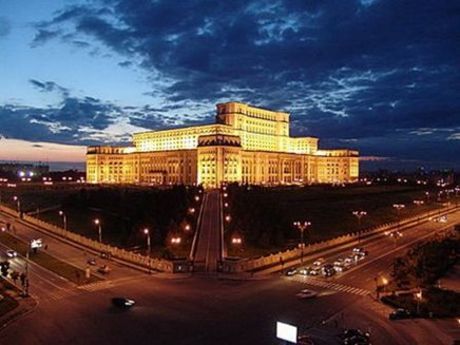
Bucharest, located between Transylvania's Carpathian Mountains and the Black Sea, in southeastern Romania, is an often misunderstood city.
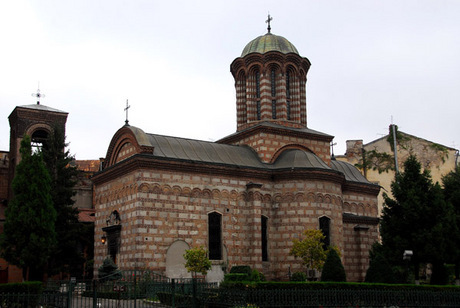
The oldest part of Bucharest lies around The Old Princely Court. Built as a place or residence during the rule of Vlad III Dracula in the 15th century, now operates as a museum in the centre of Bucharest. All that remains today are a few walls, arches, tombstones and a Corinthian column.
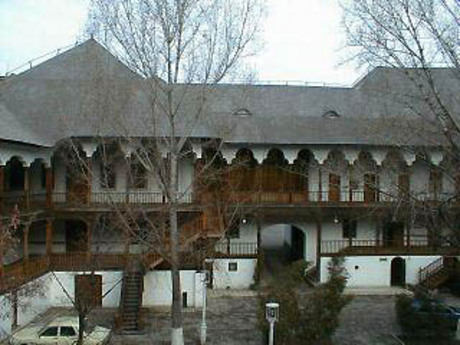
Manuc's Inn, one of the most beautiful samples of old town architecture preserved in Wallachia, stretches partially over the territory once held by the Old Princely Court. The plot of land was bought by Manuc at an auction, and was located in the very commercial centre of the city, with streets that still bear the names of the tradesmen who populated the area, i.e. Lipscani - shopkeepers whose merchandises were brought from Leipzig; Gabroveni - dealers in clothes from Gabrovo, Bulgaria; Covaci - ironmongers; sepcari - hatters and cap dealers; selari - saddlemakers etc. So, in old times, Manuc's Inn was both a meeting and a resting place for tradesmen and tradeswomen; it was known for its noise, dirt and many carts.
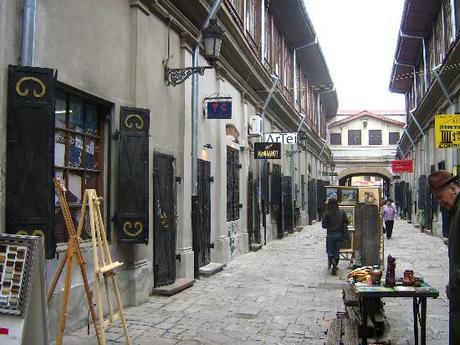
The Lipscani area is a lively part of old Bucharest which polarized various trades between the 15th-18th centuries. Its name comes from Lipsca (Leipzig) as a reminder of the flourishing commercial exchanges that were once made in Wallachia. After the earthquake in 1977, the historic area of Lipscani was often threatened with demolition; when they started to build the so-called Civic Centre on Ceausescu's order, in its close vicinity, Lipscani entered an age of decay and oblivion.
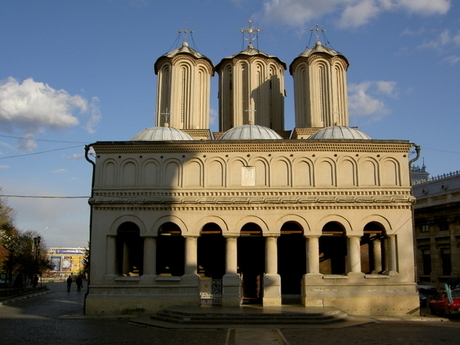
Consecrated to Saint Emperors Constantine and Helen, the church is situated on the Metropolitan Church Hill, and is a construction of impressive proportions (28 m long in the interior, with a 14.60 m wide narthex). It was raised in 1656-1658 by prince Constantin Serban Basarab. During Radu Leon's rule (1664-1669), the church became the Wallachian Metropolitan seat, as in the 16th century it had been moved from Târgoviste to the Sf.Gheorghe-Vechi Monastery first, and then to Radu Voda Monastery in Bucharest.
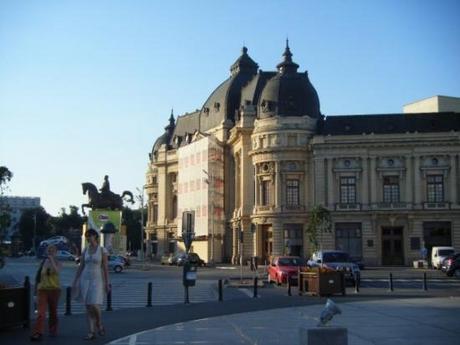
The foundations of the present building of the University placed in University Square were laid in 1857. For this very important event a medal was stamped. It can be admired today in the Numismatic Collection of the Romanian Academy.
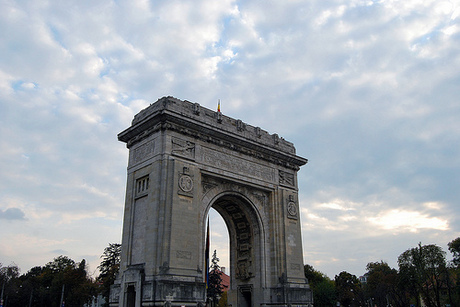
You will most probably pass the Arc de Triumph on your way from the airport to the city. It has a massive Romanian flag attached. Looks identical to the Arc in Paris. This Arch was erected in memory of those killed during WW I. Arc de Triumph is located in the north of Bucharest, sector 1, the road intersection with boulevards Constantin Prezan, Sos.Kiseleff, Bd. Maresal Averescu and the Str. Alexandru Constantinescu.
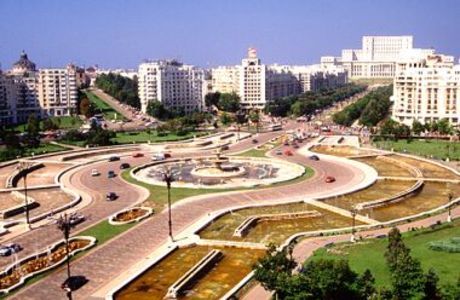
From Bucharest Otopeni Airport, follow direction City Center, pass the Arch of Triumph, then follow Kiseleff Road to Piata Victoriei, take Calea Victoriei, cross River Dambovita and turn left, then – right up to Piata Unirii.
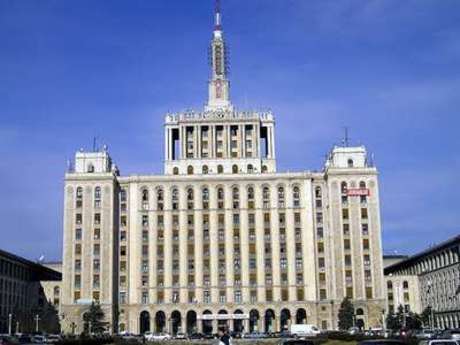
An impressive edifice standing somewhat menacingly at the entrance to the capital, Casa Scanteii (as it is still universally known) was designed by architect Horia Maicu and completed in 1956, one year after the strikingly similar Palace of Science and Culture in Warsaw, Poland. Originally housing almost all of the capital's printing presses and newsrooms, it, today, carries out much the same function, with the addition of the Bucharest Stock Exchange in the southern wing.
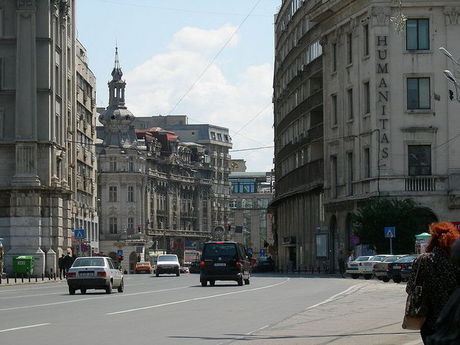
Calea Victoriei is Bucharest's oldest and arguably, most charming street. Built in 1692 to link the Old Princely Court to Mogosoaia Palace, it was initially paved with oak beams. The street became Calea Victoriei in 1878, after the Romanian War of Independence victory. Between the two world wars, Calea Victoriei developed into one of the most fashionable streets in the city.

